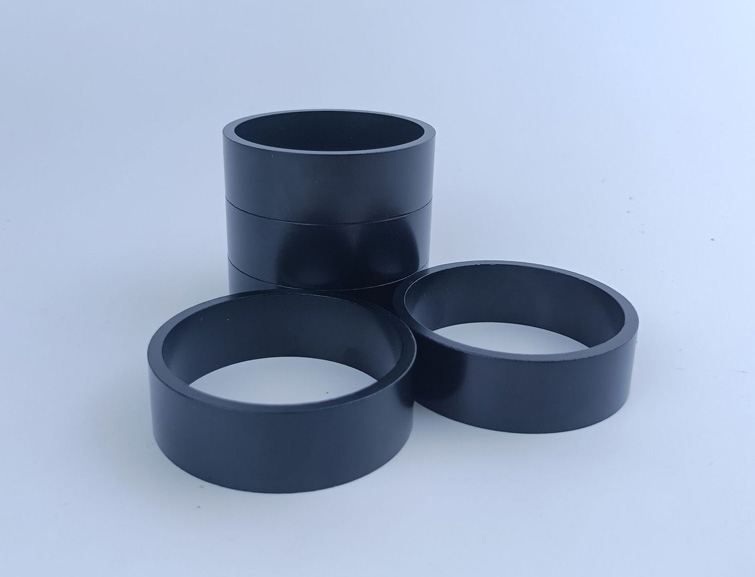There is a relationship between the number of poles of a magnet (usually referred to as the number of poles of a permanent magnet) and the speed of a motor, and this relationship is mainly reflected in the design and performance of the motor, especially for the types of motors such as Permanent Magnet Synchronous Motors (PMSMs) and Brushless DC Motors (BLDCs), which use permanent magnets as a source of magnetic field.
The effect of the number of pole pairs in a magnet
The number of pairs of magnetic poles in a motor (each pair contains a north pole and a south pole) determines the frequency of the motor's rotating magnetic field and the motor's base operating speed. The synchronous speed of the motor can be calculated using the following formula:
Ns = 120f / p [f is the frequency of the power supply (Hz) and p is the number of magnetic pole pairs]
Multi-pole neodymium rings for permanent magnet DC motors

The relationship between rotational speed and the number of magnetic poles:
If the motor is a synchronous motor, its actual speed will be equal to the synchronous speed . This means that increasing the number of pole pairs decreases the synchronous speed, while decreasing the number of pole pairs increases the synchronous speed.
For asynchronous motors (e.g., induction motors), the actual speed is slightly lower than the synchronous speed, but the same principle applies, i.e., the higher the number of pole pairs, the lower the synchronous speed.
For this problem, I asked a professional engineer, he is this answer: in other conditions remain unchanged, the more the number of pole pairs, the slower the speed indeed. (In the rated voltage, stator turns unchanged, the reverse potential and speed and the number of pole pairs is proportional to the product. So when the voltage is constant, the speed and the number of pole pairs are essentially inversely proportional.)
Factors to consider in practical applications;
More pole pairs usually means more complex winding structures and higher manufacturing costs, and fewer pole pairs may result in a larger motor size to achieve the same torque output.
In terms of performance, more pole pairs provide higher torque density for applications that require high torque. Fewer pole pairs facilitates higher speeds, suitable for applications requiring high speeds.
The above is the full introduction of the article, edited by permanent magnet manufacturer Courage Magnets Xiao Fu, our company can provide rotor and stator magnets for motors, a variety of materials to choose from, the need for wholesale, customized customers are welcome to contact.
Commonly used motor magnet types;
 China Neodymium And Ferrite Magnets Manufacturer & Supplier
China Neodymium And Ferrite Magnets Manufacturer & Supplier 


